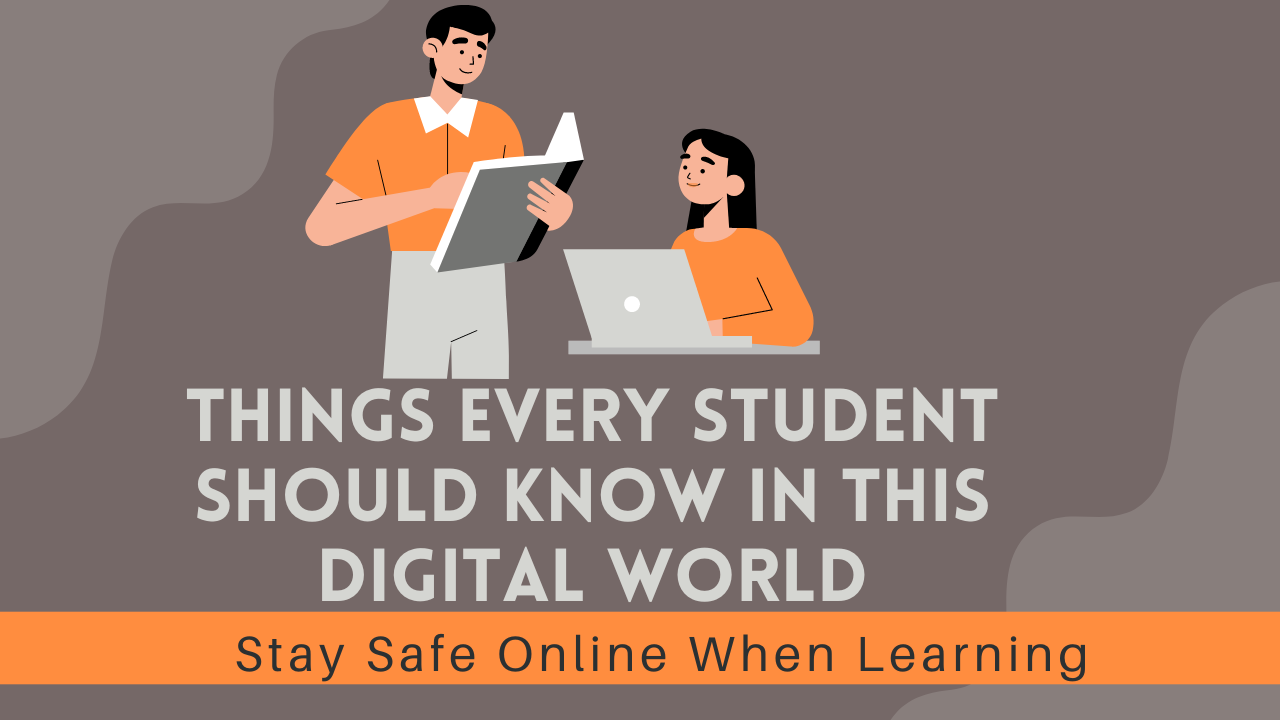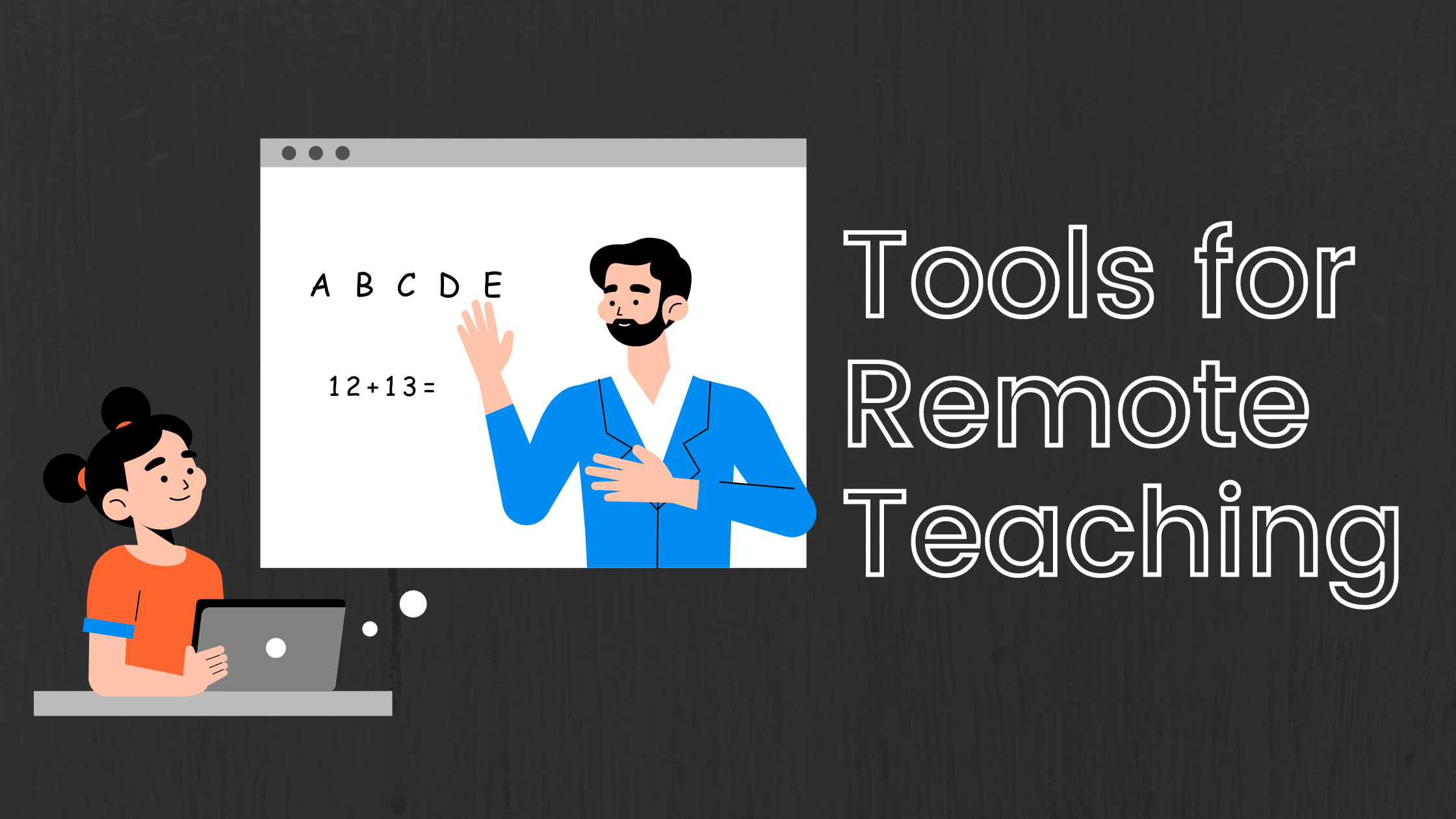As technology advances rapidly, online learning has become an increasingly popular alternative to traditional classroom education. While both modalities aim to educate students, they differ significantly in their delivery methods and learning environments. This guide provides an in-depth exploration of the critical similarities and differences between online and classroom learning to help you determine the best fit depending on your needs, preferences and circumstances.
Learning Environments
One of the most noticeable distinctions lies in the actual learning environment.
Classroom learning
Classroom learning occurs on-site at a school or university in a physical classroom setting alongside other students and an instructor. This provides:
Face-to-face interaction: Students can directly engage with the instructor and classmates for discussions, questions and collaboration in real-time cues like body language aid communication.
Structured schedules: Class times are pre-determined, providing a consistent routine that some students prefer for time management and accountability.
Dedicated study space: Being on campus separates school/work life and provides a focused environment conducive to learning away from distractions at home.
Online learning
On the other hand, online learning is self-paced and can take place anywhere the internet is available – at home, work, cafes or anywhere else that suits your schedule needs. This allows:
Flexibility: Students can access courses on their schedule from any location. This makes it well-suited for busy lifestyles or those balancing other commitments like work or family.
Independence: Online students must be self-motivated to learn autonomously without face-to-face interaction. This requires strong time management, discipline, and focus to avoid distractions.
Cost savings: Commuting costs and campus living expenses are eliminated. However, online programs may require additional fees for proctored exams or specialized software/hardware.
Classroom learning provides structured social interaction, while online is ideal for independent learners seeking flexibility. Consider your learning style and needs to determine the best environment.
Pedagogical Approaches
Instructional delivery also differs between the two modalities.
- Classroom learning relies predominantly on lectures, discussions and hands-on activities led by the instructor in person:
Lectures: Instructors verbally deliver course content and explanations to the entire class simultaneously. This synchronizes learning.
Discussions: Students can engage in question/answer exchanges and collaborative group work during and after lectures to reinforce concepts.
Activities: Hands-on labs, fieldwork, presentations and other activities supplement lectures for multi-sensory learning experiences.
- Online courses, on the other hand, are primarily asynchronous with pre-recorded video or written lessons:
Video/audio lectures: Instructors pre-record verbal lessons that can be accessed anytime on the student’s schedule.
Reading materials: Detailed written content, ebooks and other materials supplement or replace lectures.
Forums: Students discuss topics and ask questions on message boards, or chat features to replace in-class discussions.
Assessments: Quizzes, exams, essays, and projects evaluate learning in in-person.
While online lacks real-time interaction, its flexibility allows pausing, rewatching and self-pacing lessons. The classroom provides more immersive experiences through collaborative activities but can be inflexible. Consider your preferred learning style.
Program Options

The range of available programs and credentials also differs between the two modalities:
Classroom:
On-campus degrees: Universities offer traditional 2-4 year bachelor’s programs and 1-2 year master’s/certificates entirely on-site.
Hybrid degrees: Some incorporate some online courses but require on-campus residency periods.
Online:
Online degrees: Universities offer fully online bachelor’s and graduate degrees that can be completed remotely.
MOOCs: Free massive open online courses through platforms like edX and Coursera provide unlimited enrollment.
Specialized programs: Certificates, boot camps and continuing education courses cover specific topics.
Asynchronous programs: Self-paced programs allow starting anytime without fixed terms.
Classrooms limit options to geographic location, while online education provides more specialized global opportunities. Research programs thoroughly to match your goals.
Student Support Systems
Support systems also differ between the two modalities:
Classroom:
Instructors: Readily available on-campus for in-person office hours, appointments and group study sessions.
Advisors: Guidance on course scheduling, career counselling and other student services available on-site.
Peers: Classmates provide built-in support networks for collaboration, group projects and socialization.
Campus resources: Libraries, labs, tutoring centres, and other facilities offer additional academic support.
Online:
Instructors: Typically available via email/phone/video chat. Response times may vary depending on class size and instructor workload.
Advisors: Can provide services remotely via email, phone or video conferencing.
Peers: Rely more heavily on discussion forums, messaging boards and group chats to connect with classmates online.
Campus resources: We may need more physical access depending on location. Most resources, like libraries, are available digitally online.
While online has come a long way, the classroom provides more readily accessible on-campus support. Consider your needs for guidance, collaboration, and resources when deciding.
Career Applicability

When assessing long-term career prospects, both modalities can prove applicable depending on your industry:
Business/Tech: Online degrees are widely accepted in many corporate fields and are considered an asset for independent, self-motivated workers. Flexibility aids career growth.
Healthcare/Sciences: Clinical/hands-on fields require on-campus laboratory work. Hybrid programs incorporating online prerequisites with on-site studies may be preferable.
Education: Teaching credentials usually require supervised student-teaching periods, only available through on-campus programs.
Arts: Fields like fine arts, performing arts, and design benefit significantly from on-site access to specialized facilities, studios, equipment and networking.
Government/Non-profits: Both public and private sector organizations continue accepting online degrees, though some competitive roles may still favour campus prestige.
Overall, online graduates can expect equal consideration for most roles. Supplement your degree with relevant internships, projects, and skills to maximize your career potential regardless of modality.
Read More: Breakout EDU – The Ultimate Online Learning Experience
Employer Perceptions
When hiring, employers generally view credentials from accredited programs equally regardless of delivery method. However, some perceptions persist:
Prestige bias: Some favour traditional campus degrees, assuming greater rigour, despite research showing online can be more challenging for independent learners.
Self-discipline assumption: Employers may view online graduates as more self-motivated and able to work independently with less oversight.
Technology skills: Online study inherently builds proficiency with learning management systems and digital tools that translate well to many workplaces.
Flexibility endorsement: Hiring online graduates signals an employer values flexibility and accessibility – important modern workplace traits.
Lifelong learning: Returning for further education online demonstrates a commitment to self-improvement, appealing to forward-thinking companies.
While biases fade as online learning expands, demonstrating relevant skills, experience and passion for your field matters most. Highlighting specific projects and accomplishments strengthens any application.
Technology Requirements
Online learning relies heavily on consistent internet access and appropriate devices/software. The classroom has minimal technology needs beyond essential note-taking. Key considerations include:
Internet speed: Stable high-speed broadband is required for video streaming and synchronous class sessions. Minimum 10 Mbps download speed recommended.
Devices: Up-to-date computer/laptop and reliable webcam/microphone essential for interactive activities. Tablets may suffice for asynchronous work.
Software: Programs require learning management systems (Canvas, Blackboard), Microsoft Office suite, and specialized apps depending on the field of study.
Technical support: Reliable IT assistance is needed to troubleshoot connectivity issues that could disrupt learning. On-campus provides walk-in help desks.
Upgrades: Technology needs to evolve rapidly—budget for occasional hardware/software updates over the program duration.
Test your setup before classes start and have backup options to prevent connectivity from becoming a hindrance. Reliable technology is crucial for online success.
Conclusion
In summary, online and classroom modalities effectively deliver quality education to students worldwide. While online expands access globally, the classroom retains benefits for social, collaborative and hands-on learners. The optimal choice depends on balancing learning preferences with lifestyle, budget and career goals. With accreditation and diligent effort, either path can lead to rewarding outcomes. Thoroughly researching programs allows discerning the best fit to maximize your educational experience and investment.




